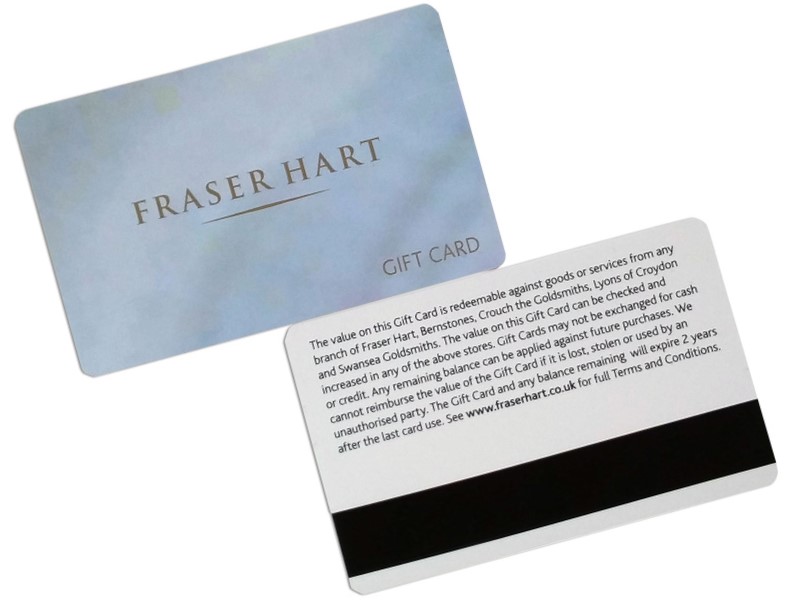
Well, first magnetic strips are basically a piece of tape, similar to what was used in video cassettes which is affixed onto a plastic card.
Magnetic strips are added to many types of cards, from hotel cards, gift cards, membership cards, access control cards. These cards hold data about something within your system and need to access it quickly. You probably use something similar at your local gym, so that they know who is coming in or going out.
There are other ways of holding this data, some of the other common ones would be RFID cards, barcoded cards or QR codes (those are another conversation, but if its cost that are a priority then barcodes/QR codes are generally a cheaper and simpler system).
It holds a string of numbers/ letters, which is then read by your existing or new swipe reader. The swipe reader reads the numbers and used in conjunction with your software it does what it needs to do with that number.
i.e., the reader reads 123456 from the card (as an example) then your software holds the data for this number. So if its cash from a gift card (depending on what information is linked to 123456 in your system which is entirely up to you) let us say £50 then your system takes off or puts on whatever amounts into your system.
The actual cards themselves do not change number, it would stay the same and it’s your software that holds the data ( below it explains how you can change the number be re encoding).
In simplistic terms the card is basically the key to the data that is held by yourselves, so the key never changes just your data.
Your software provider usually provides you with the numbers that are needed for us to encode the cards and if you are unsure on what numbers have been loaded onto your system to be used, I would in the first instance speak to your POS (point of sale) supplier. They are very used to these sort of requests and would be able to help you with providing what data you need (it’s prudent to print a visually readable number onto the card as a failsafe).
Magnetic strips can be used mainly on standard sized cards and key tags, in most cases special sized cards can also have a magnetic stripe on, but will depend on what the special size is.
If you’re not going to be using the magnetic stripe and are just using this as part of a design feature, I would suggest just building a black line into your artwork and just have this printed since this will save you the extra money of putting on a real stripe.
There are some systems out there that actually encode the cards themselves, so the data on the cards are changed (we would then provide the cards blank with no data on). Typically places like hotels for hotel key cards would do it this way. Example would be if a client lost a key card, the hotel would need to be able to provide a new card with the same data on quickly (depending on the hotels systems).
A common request that we are asked for is to have a magnetic stripe on the key card combo ones, so that it goes across the main card and the key tag. This does not work, but if you want the magnetic strip in both the card and the key card, you would need to order them separately, this is due to the way the encoding is put onto the cards.
Magnetic strips are available in two variants, high-coercivity (HiCo) and low-coercivity (LoCo)
The main differences are…
HiCo are most robust and are better for cards with higher uses like bank cards, LoCo are cheaper and ideal for cards with lower uses like gift cards.
HiCo are black, LoCo are brown in colour.
Both HiCo and LoCo can be encoded onto with the same quantity of data (your POS provider can let you know what type your system read)
The data can be encoding onto 3 different tracks.
Track 1 can contain approx. 70 alphanumeric characters, track 2 can contain approx. 40 numeric characters and Track 3 can contain approx. 100 numeric characters.
Track 3 is generally unused and is not physically present with thinner magnetic strips.
Basically, when you place an order, we would need to know if its HiCo or LoCo the data side (excel sheet etc or if its sequential the start and end point) and if its track 1 or 2 (or a combination)
All quite easy for us to do at Plastic Card Experts and if you’re not sure about something we can talk you through what is needed and what your options are.